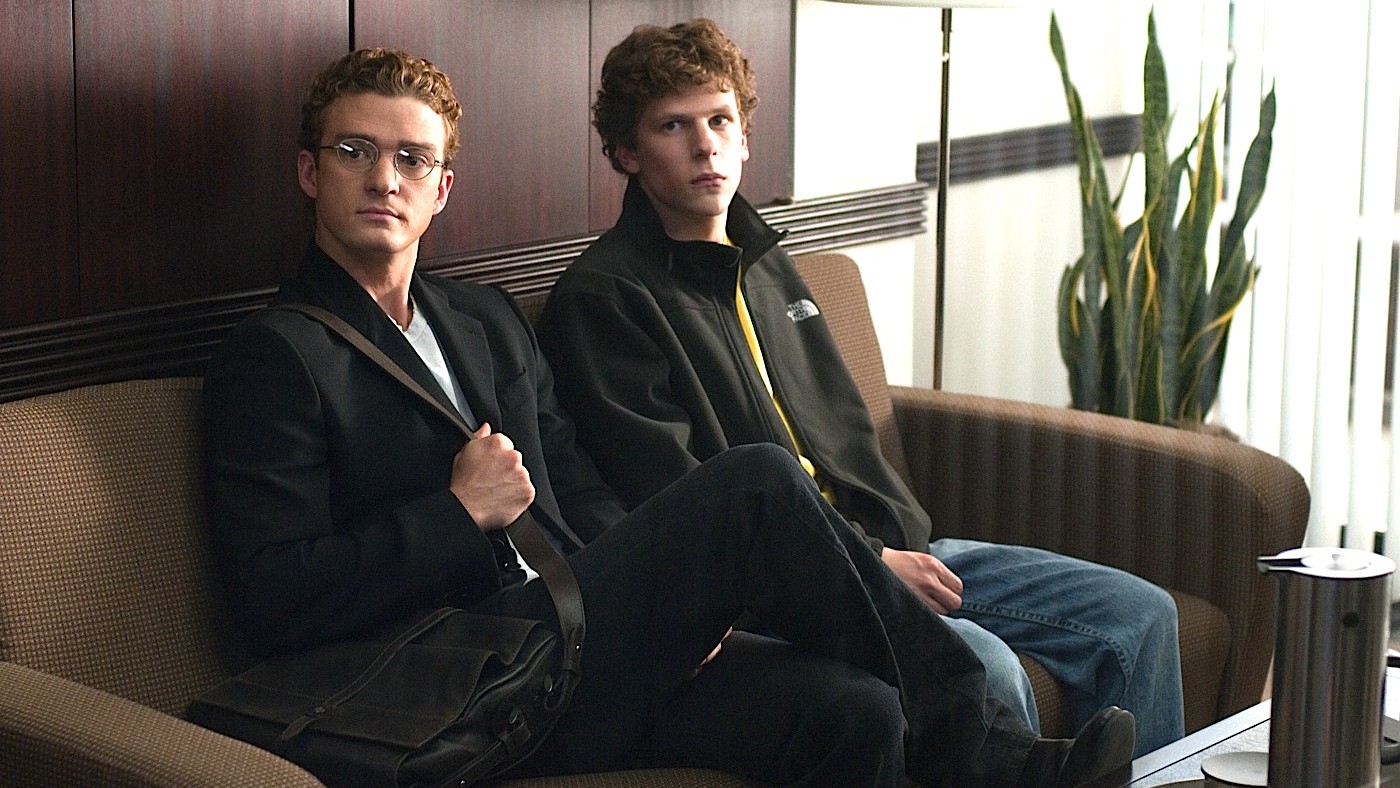
"The music industry was a well-oiled money machine. Record labels held all the cards: they controlled distribution, marketing and most importantly, access to music itself. If you wanted to listen to a song, you had to buy the entire album for £15, even if you only liked one track. It was a profitable business. Then in 1999, along came Shawn Fanning with a file-sharing website called Napster - one of the most disruptive apps ever."
"They weren't wrong, but they completely missed the point. The simple, brutal lesson was this. If people don't have to pay for something, they won't, even if they absolutely love your work. Your biggest admirers, the ones with your posters on their bedroom walls, will stop paying the moment they can get your music for free. It's not personal; it's human nature."
The late-1990s music industry controlled distribution, marketing and access to music, requiring consumers to buy full albums and producing substantial profits. Napster enabled free, widespread file-sharing, allowing anyone with internet access to download songs at no cost. The industry's legal backlash targeted users but failed to address the underlying behavior: when people can access work for free, many stop paying for it, even loyal fans. The same dynamic now appears in visual arts as AI image-generation offers clients cheap, rapid alternatives to commissioned work, pressuring illustrators to adapt, change pricing structures or pursue new revenue streams.
Read at Creative Bloq
Unable to calculate read time
Collection
[
|
...
]